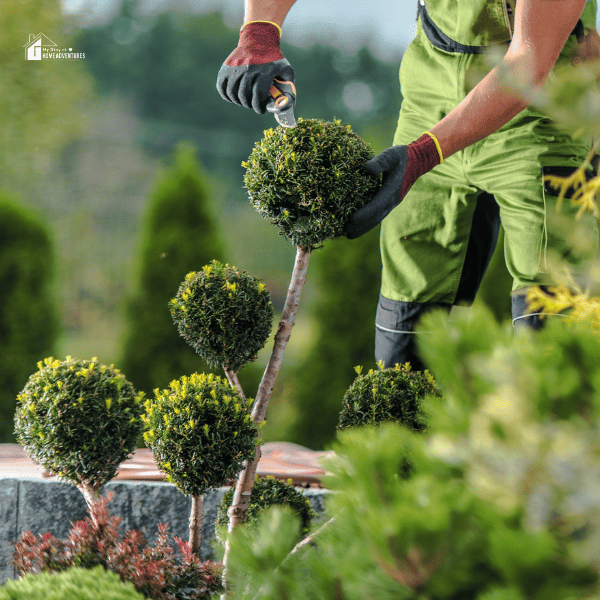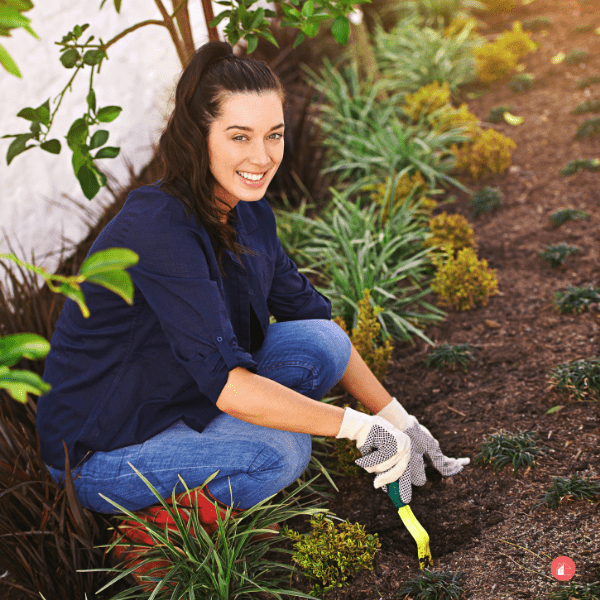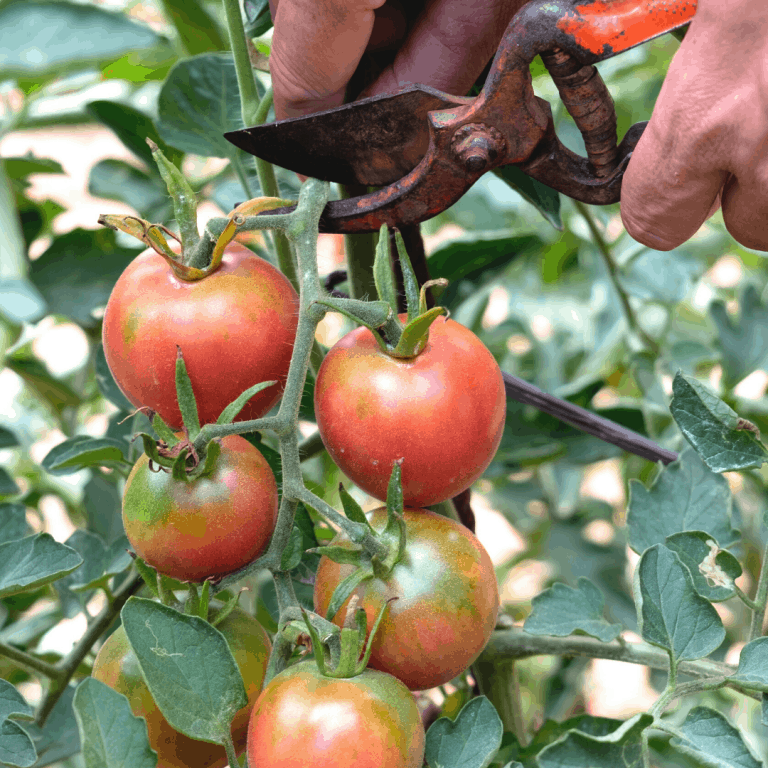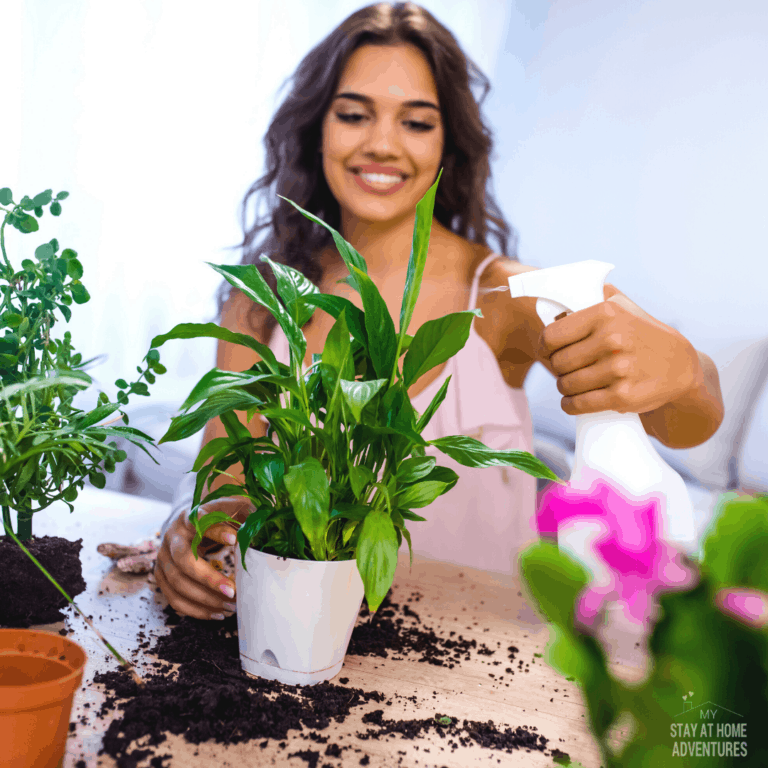18 Types of Cabbage to Grow!
This post may contain affiliate links which might earn us money. Please read my Disclosure and Privacy policies hereThey may not be as popular as the other cruciferous vegetables, but they are so versatile. The cabbage can be eaten cooked, pickled and raw. Growing cabbage can also be easy.
Cabbage is a leafy green, purple ( red), and white (pale green) annually growing vegetable. This round, cruciferous vegetable belongs to the “cole crops” or Brassicas. It means that cauliflower, broccoli, and Brussel sprouts are closely related to cabbage.
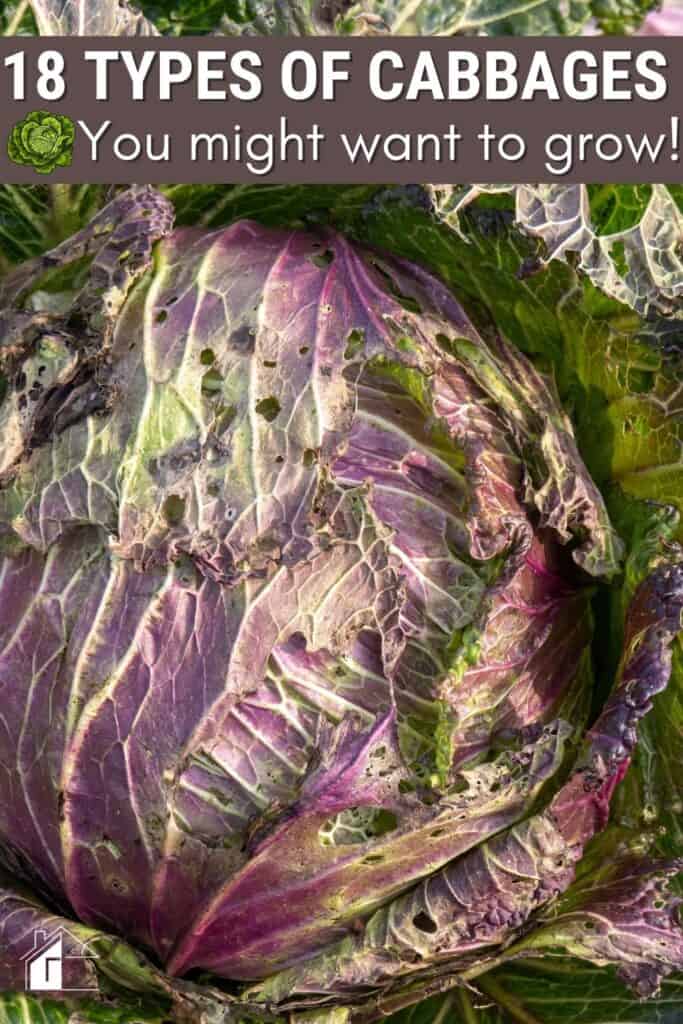
This cabbage has been available for thousands of years and has grown in many countries around the world. Cabbage was one of the first plants to be cultivated and was one of the first European plants in the New World. And it is also the main ingredient for healthy dishes like sauerkraut, kimchi, and coleslaw.
The word ‘cabbage’ is an Anglicized form of the French caboche, which means ‘head.’
If you are interested in growing cabbage this season please check out this Purpee's selection by clicking here!
18 Types of Cabbages
There are over 100 varieties or types of cabbages with different shapes, sizes, colors, and textures. Diverse and delicious, they are also very nutritious, with some of them considered a superfood.
Here are 18 of the most common varieties of cabbages.
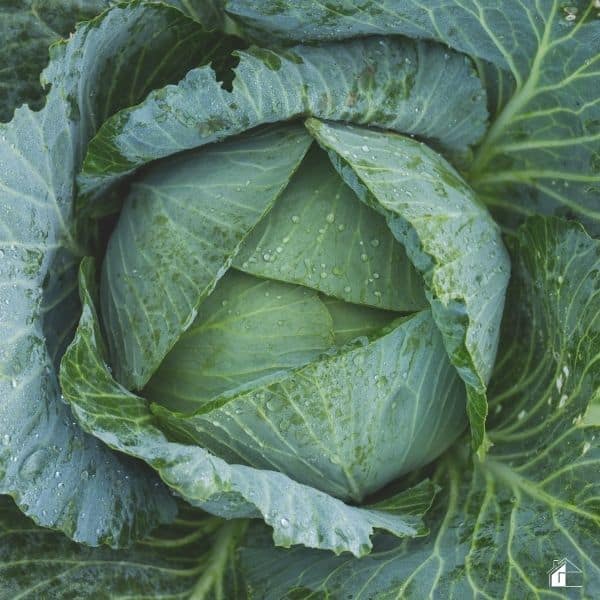
1. Green Cabbage
Large round cabbage head with densely packed thick leaves. This is the most common type of cabbage. The outer leaves are usually medium to light green and faded to pale green or white the closer they are to the center.
You might like these posts:
The green cabbage has a slight peppery taste when consumed raw, but gives a sweeter taste with less spiciness when cooked. Another way to eat cabbage is by fermenting it to create sauerkraut.
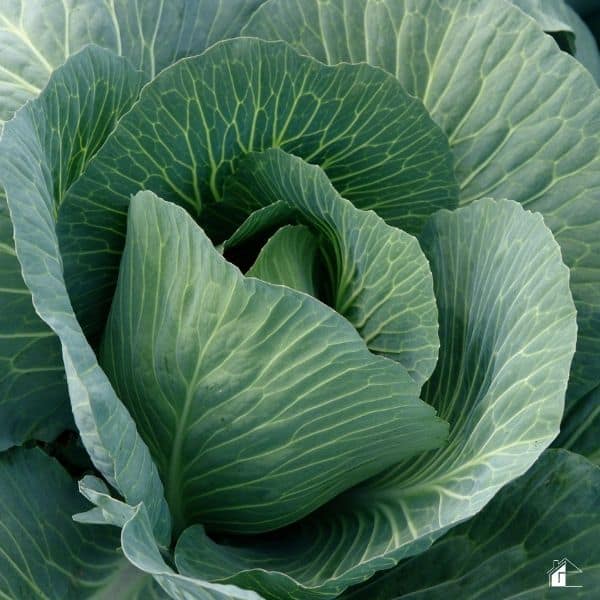
2. White (Dutch) Cabbage
These white Dutch cabbages are from Holland. A type of green cabbage that has very pale-colored leaves. This is due to storing them through the winter and keeping them in dark storage places. This caused the chlorophyll to break down and the leaves lose their green color.
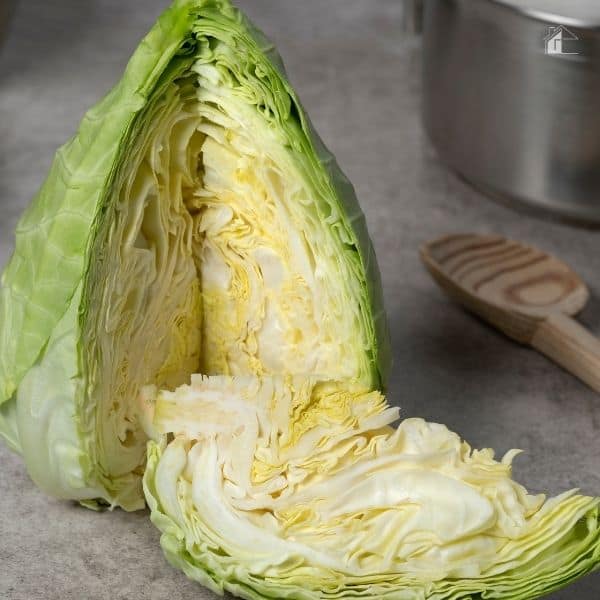
3. Pointed Cabbage
This variant of white cabbage has a small conical or pointed head, and the leaves are more open with a softer texture. However, it is not durable as white cabbage because of its delicate leaves. That’s why it is best consumed within 3 days. To store, it is best wrapped in a damp towel in the vegetable compartment of the refrigerator.
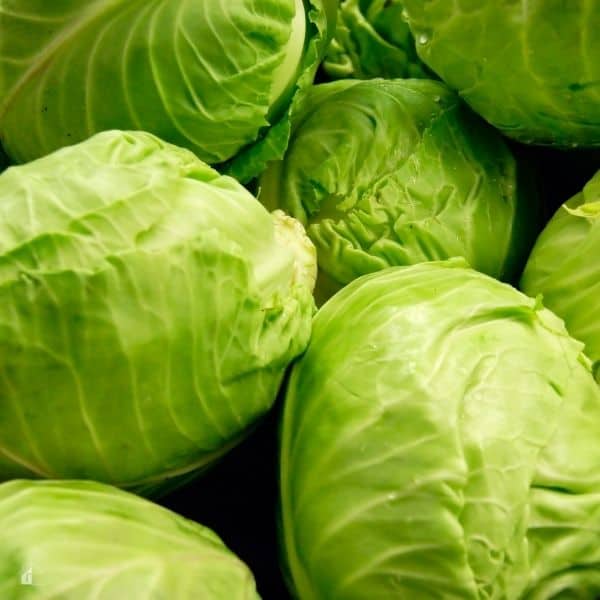
4. Jaroma Cabbage
It is like a flat version of white densely packed cabbage. The taste is slightly less bitter than the white cabbage. The leaves are tender; thus, it doesn’t need to be blanched if using the leaves for stuffed cabbage rolls. Great for quick dishes as it will only take a few minutes to cook. It is also much easier to digest than white or red cabbage.
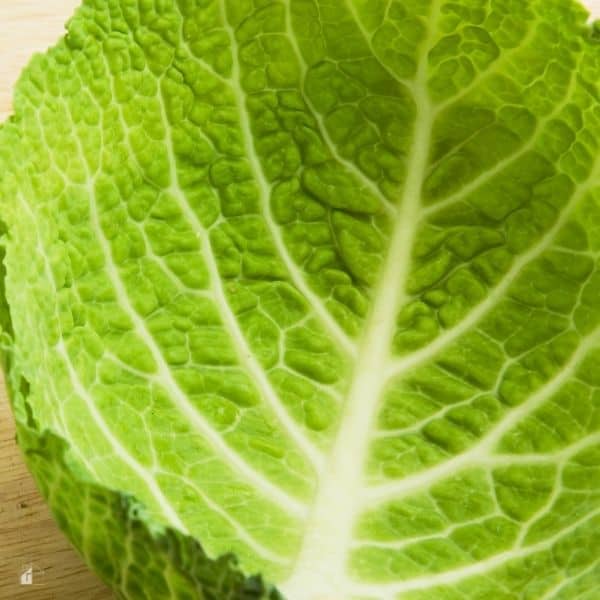
5. Savoy Cabbage
It is also called curly cabbage because of its ruffled, deeply ridged, and bluish-green leaves. The leaves are also loosely packed. They slice well and keep their texture and color even during cooking. This is the perfect cabbage for using raw in salads or adding to stir-fries. Other popular Savoy cultivars include the ‘Savoy King,’ ‘Winter King,’ and ‘Tundra.’
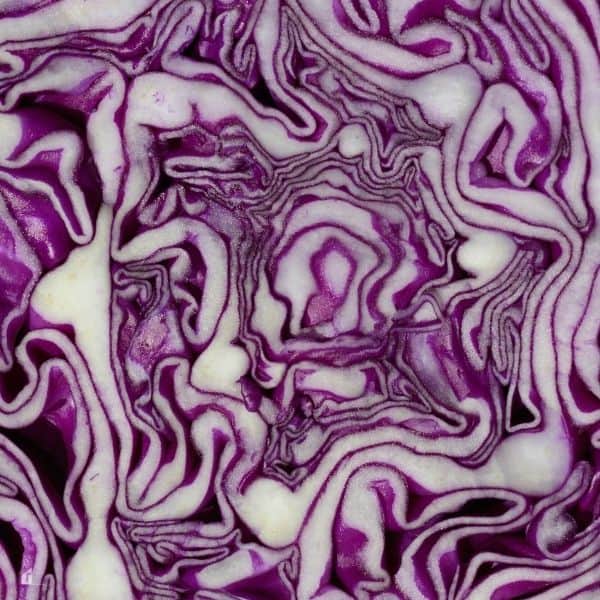
6. Red Cabbage
Some studies show that red cabbage may be one of the healthiest cabbages because it contains antioxidants called anthocyanins. These natural red and purple pigments give their red or black color and help protect cardiovascular health. And also, the white parts on their leaves give the cabbage a striking marbling effect. Because of the pleasant flavor, color and crunchiness, the red cabbage is a trendy ingredient for salads and pickles.
7. Danish Ballhead Cabbage
For many centuries, Europeans have been growing Danish Ballhead. It is a large green leafy variety with crisp, tender, and tightly packed leaves bluish-green in color. The heads are solid with a mildly sweet flavor that makes them great in boiling, kraut, and slaw.
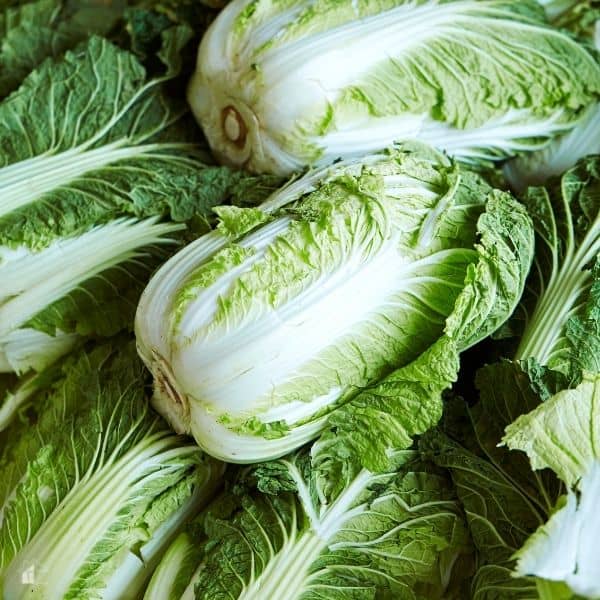
8. Napa Cabbage
Although Napa is Japanese for ‘vegetable leaves,’ its other name is Chinese Cabbage. It doesn’t look like the common cabbage. Instead, it has an oblong shape with pale green and yellow leaves and a thick white crunchy stem.
Napa cabbage looks a bit like a cross between romaine lettuce and pale Swiss chard with a lovely mild flavor that’s great with stir-fries and salads. It is also a popular ingredient for kimchi.
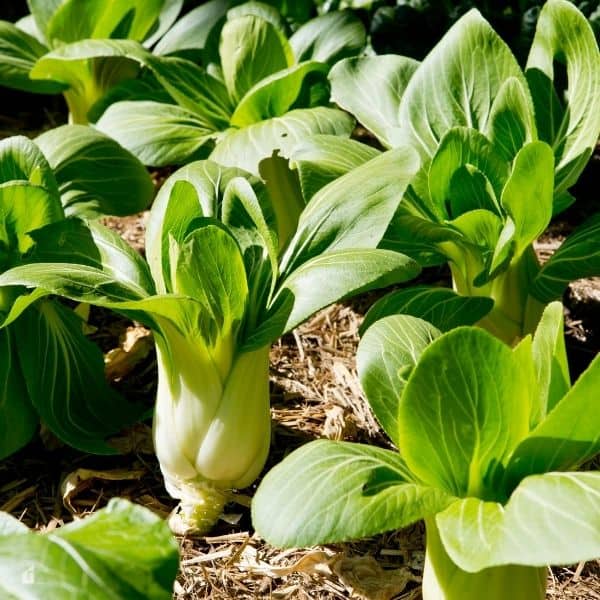
9. Bok Choy
Also called Pak Choi, another Chinese cabbage with thin, tender green leaf blades with lighter bulbous bottoms. It has a white bulb-type base where dark green leaves grow. It has a mild, cabbage-y flavor and great for stir-fries.
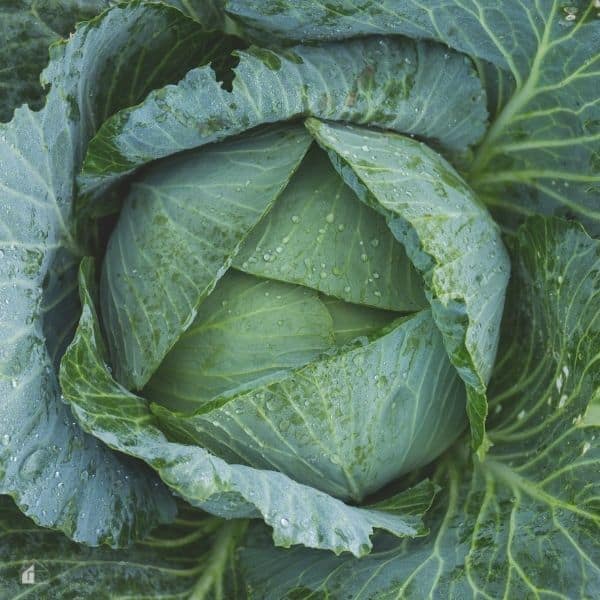
10. Cannonball Cabbage
Cannonball cabbage produces small, firm heads with tender sweet and white interior leaves. Because of the green color and shape, it is sometimes described as massive brussels sprouts. Because it is so tightly packed, this one is great for shredding. Perfect for sauerkraut, coleslaw, and add ons for soups.
11. Gonzales Cabbage
Common in European supermarkets, this Gonzales cabbage has a compact head with sweet and spicy flavor. The mini head measures 4” to 6” (10 to 15 cm) in diameter, and it takes 55 to 66 days to mature. The size provides just the right amount of foliage for a meal or two.
12. Parel Cabbage
A Parel hybrid cabbage is a variety with a compact form, split resistance, easy-to-grow with a short maturity time. It is a hardy vegetable that can withstand the cold and also fairly resistant to disease and pests.
This is a small type of cabbage where the heads usually weigh about 1.7 to 3.3 lbs (0.8-1.5 kg.). It has green outer leaves and a white inner part. The leaves are juicy and tender but firm in texture. Thus, it slices and shreds well and a good choice for salads and pickling.

13. Kale
Also called ‘leaf cabbage’ and one of the healthiest types of cabbage you can eat. Kale has dark crinkled leaves that fan out from a central stem. When it’s raw, the leaves can be quite tough, and the taste is undesirable.
Therefore, it is best to blanch the leaves to soften and help retain their nutrients. Actually, kale is so nutritious that it is classed as one of the healthy superfoods. A cup of chopped kale already contains the daily requirement of vitamins A, C, and K.
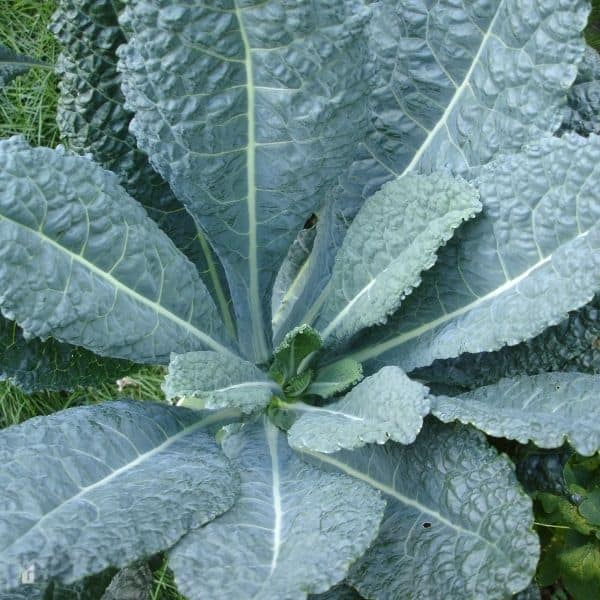
14. Tuscan Cabbage
Also called Lacinato kale, cavolo negro, and black cabbage. It is a large type of cabbage plant with dark green, black-leafed kale. The long, thin, and crinkly leaves can grow about 2 to 3 feet tall. The shape of the Tuscan cabbage looks like the leaves on a palm tree. When cooked the “Tuscany way”, the leaves turn almost black and slightly bitter which can compliment some dishes.
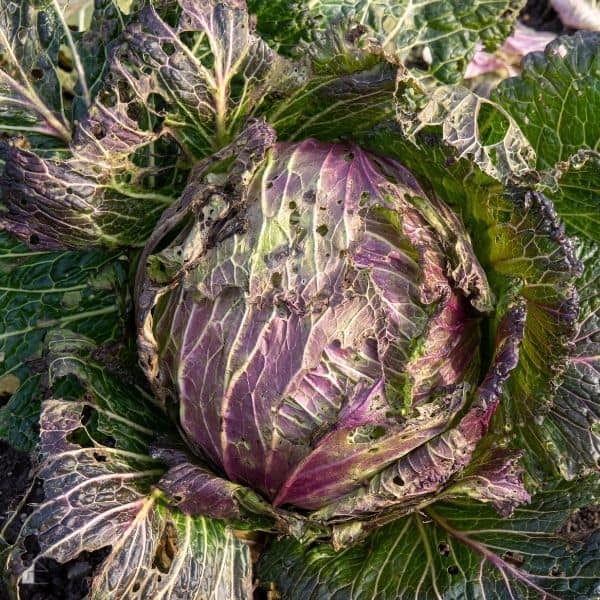
15. January King Cabbage
Another unusual head cabbage with green and purple coloring. The color of the leaves at the base is green and then change to dark purple or red color at the top. It has the shape of a white cabbage but with a texture of a savoy. This type of cabbage has a small to medium size head that weigh 3 to 5 lbs (1.4 to 2.3 kg). It can be prepared the same way as the savoy.
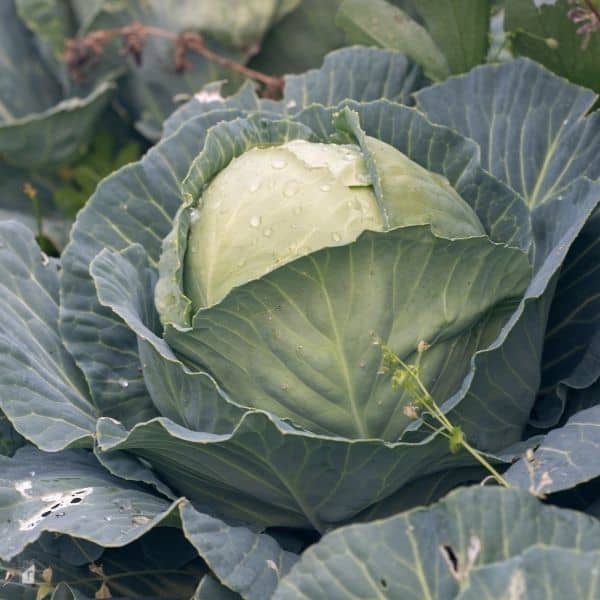
16. Portuguese Cabbage
This green cabbage cultivar with large oval-shaped leaves is the most popular vegetable in Portugal. The leaves of this non-heading cabbage are fleshy, sweet taste, and succulent, including the midrib and leaf stalks.
The leaves are large, flat round grey/green leaves. The base of the thick white stem is usually not consumed, but all other parts of the leaves are used in cooking.
This Portuguese cabbage is always used in ‘Caldo Verde,’ a traditional soup, and is considered the national dish of Portugal. This is like an all-year-round vegetable because this type of cabbage can grow well in hot or cold conditions.
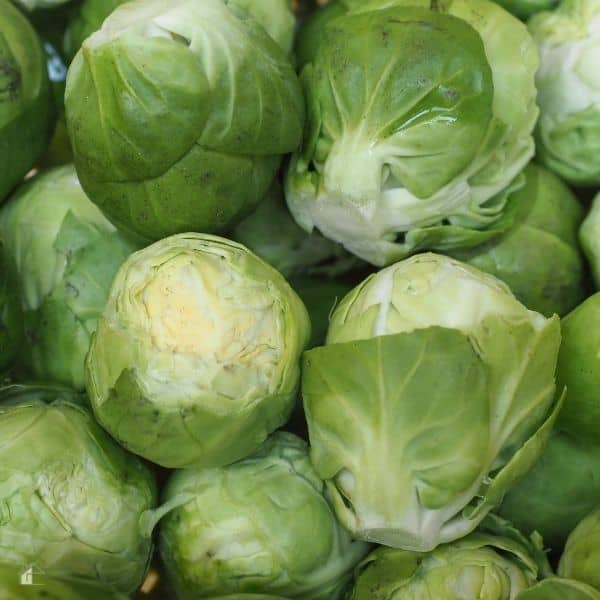
17. Brussel Sprout
Brussel sprout is like miniature round cabbage that where edible sprouts grow like buds in a helical pattern along the side of the long, thick stem. The leaf usually measures 1.5 to 4.0 cm (0.6 to 1.6 in) in diameter.
Sprouts can be picked by hands and can harvest 5 to 15 at a time, or the stalk can be entirely cut. Although a native to Mediterranian, Brussel sprouts appeared in Northern Europe in the 5th century and became popular in Brussels, Belgium, where the sprouts got their name.
The bitter taste of the green leaves makes other people dislike the taste. However, depending on how they are prepared, the taste can actually be improved.
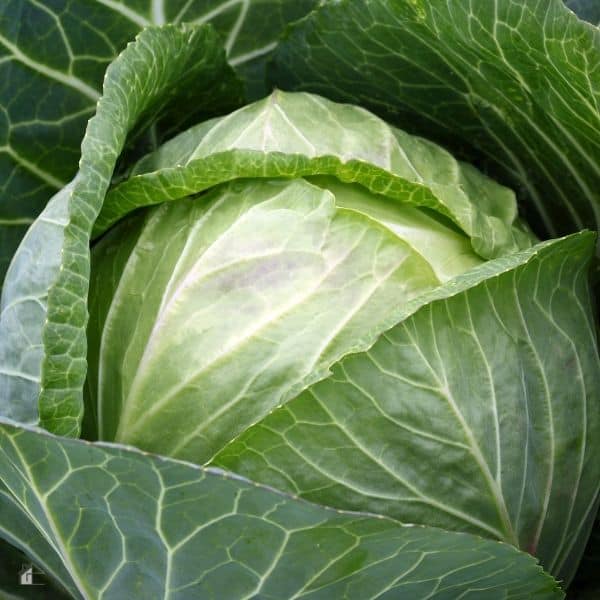
18. Late Flat Dutch Cabbage
This type of cabbage produces large heads that can weigh 10 to 15 lbs and measuring about 7 x 14 inches with pale green leaves. It takes a little longer to mature compared to the other cabbages because of its large head.
Late Flat Dutch Cabbage can take up to 100 days before it is ready to harvest. Although they may grow poorly during hot weather, they revive quickly at the onset of cool or wet weather.

